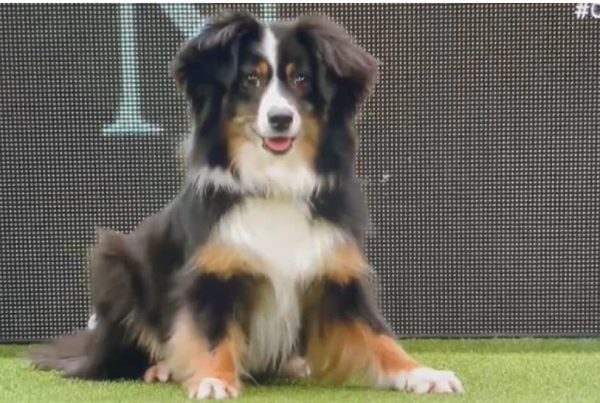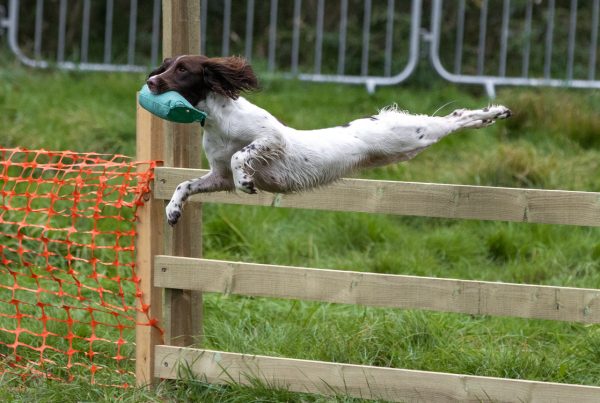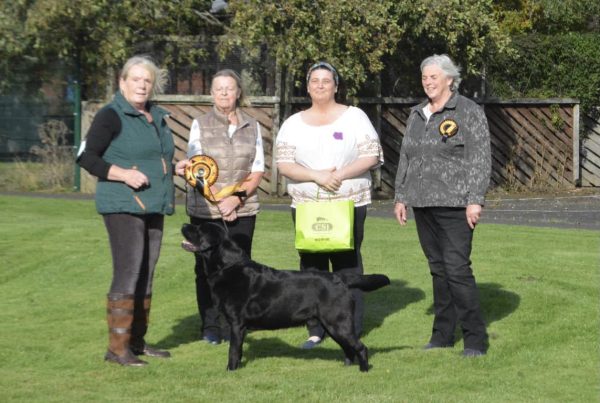Article by Sarah Cowan
 At the end of March 2013 the west coast of Britain was subjected to sudden deep snow and ice storms. Wales, Isle of Man, Ireland, Kintyre and the Isle of Arran faired the worst. March is a crucial time for these predominantly hill farming communities as lambing starts around then. The huge snow drifts buried sheep, even on the lower pastures, in snow up to 12 ft deep. Sheep can survive for some time in a snow cocoon. However in an advanced state of pregnancy it is crucial that recovery is swift so that ewe and unborn lamb can both be saved.
At the end of March 2013 the west coast of Britain was subjected to sudden deep snow and ice storms. Wales, Isle of Man, Ireland, Kintyre and the Isle of Arran faired the worst. March is a crucial time for these predominantly hill farming communities as lambing starts around then. The huge snow drifts buried sheep, even on the lower pastures, in snow up to 12 ft deep. Sheep can survive for some time in a snow cocoon. However in an advanced state of pregnancy it is crucial that recovery is swift so that ewe and unborn lamb can both be saved.
The task of finding where sheep were buried on moorland is enormous – you may have an idea where they could be by field enclosures, wind direction and likelihood of sheltering along stone dykes, gorse bushes and banks, but it doesn’t make it any the easier for the farmers to access, let alone find them. The task is at best laborious and painstaking.
This is where good hunting dogs can be of great help. On the Isle of Arran, two gundog handlers spent a morning training their dogs to hunt for sheep – the dogs having previously been told to ignore sheep in their gundog working mode. That afternoon, the three dogs, two working bred Goldies and one Irish Water Spaniel accompanied a local farmer out on the moors to a ridge approximately ½ a mile long and 200 metres wide over a steep incline. Under the deep snow drifts was predominantly mature gorse, craggy rock and patches of rush and dead bracken. The teams set to work over extremely difficult terrain, movement was slow for dogs and handlers alike as each step sank sometimes only a few inches but more often up to the top of each leg. The icy wind swirled along the ridge. The snow drifts varied from a few feet to 12 feet deep. The farmer had managed to locate and recover a few sheep the day before from the bank, giving a starting point for the dogs to work from and help them understand the new task ahead of them.
The dogs worked back and forth over the area until “bang”, a very strong indicate from the 6 year old working Goldie bitch, she stopped, looked back at the handler (the “tell” previously taught by clicker that morning) circled the area and then started to dig. The handler encouraged and joined in and 4 foot down was a buried ewe, still alive. After much praise the dog was asked to search on. Within a few minutes the young Irish Water Spaniel indicated by digging furiously. The previously successful Goldie was invited over to confirm – but she showed no interest. The handlers still dug, you have to believe your dog, but nothing was found. It was in fact a narrow passageway connecting under the snow to the first find, so the Spaniel was technically not wrong in her indicate. At the same time the Goldie bitch took the intermittent wind and went out 20 yards across the snow, stumbling and staggering to follow her nose. She persisted until reaching an area higher up the bank and stopped and circled, looked back at her handler, circled again and continued to circle and then dig again. The handler called the indicate to the farmer again, praised her dog and went over to dig out another live sheep. This Goldie was now well into her stride, and a further 5 indcatses recovered 5 more live sheep. The Irish Water Spaniel finally “twigged” the game and had her first good find at the end of the afternoon but sadly the sheep was dead.
When you consider the area covered, the time it took to traverse the ground, dig out each sheep, drag it down the ridge to the main flock, and return back up the ridge, the total of 6 separate “finds” of in 3 hours was remarkable. Fading light brought a halt to work.
The following day the teams were out on another moorland and the 10 year old Goldie – who struggled over the conditions the previous day – also had a positive find. It may be of note that the Goldie handler also had previous working trials experience as well as gundog work which helped in organizing a methodical work pattern, understanding area covered, wind conditions and noting area covered.
The main points that came out of this is understanding the “indicate” of your dog. The Goldie handler understood her dogs‘ tells for sheep – circle look at handler and dig, hares – dig and look up and away and dig, badgers – dig furiously no look up, voles and small mammals, dig, pounce look side to side and dig again. Her indicates were spot on each time, the handler was able to read her dogs well which saved time and energy for both.
The handlers chose command/encouragement words that did not include the word sheep because both handlers had taught their dogs to ignore livestock on the command of “sheep, leave it”.
As the dogs were gundogs and find commands related to retrieve – one of the handlers chose not to use a straight find command but incorporated a sendaway command ie “away find woolies”, the other handler used “seek lambies”. All the dogs did not chase sheep before the exercise and have reverted to ignoring sheep either in a flock or singly afterwards. In fact it was significant that the dogs watched their “find” sheep being removed to the flock and discounted them the moment they were in a place of safety.
The handlers offer the following words of advice based on their experiences:
For trained dogs in nosework.
Sheep finding:
- Contact farmers as soon as practicable to offer help
- Be safe, conditions can be extremely taxing
- Choose a command to hunt for sheep
- Work in an an area as a group
- No humans ahead of the dogs
- If dog indicates, go straight to the dog (don’t ignore the tell)Understand the different tells
- Dog to be in work mode before reaching the hunt area, ie. Under control
- Ensure you know where you haven’t been as much as where you have searched to ensure the area is properly covered.
- Sheep can huddle together so where one is pulled out there may be others
- No collars or dog harnesses – when the dog falls in the snow branches from buried bushes can poke up through a harness and snare the dog.
Items you will need:
- Long poking rod
- Stick/pole to assist handler over drifts
- Tarpaulin for sliding traumatised sheep over the top of the drift and to safety
- Rope
- Snow shovel – lightweight
- Water and reward for dog and handlers – it can be very testing for both
- Do not go out on your own
Sarah Cowan has written this article at the request of the local farmers and press to spread the advice. Well trained gundogs and working trails dogs, particularly those working WD TD and PD have the “tools” at their disposal to help beleaguered farmers locate their precious sheep in time to save lives. So please pass this information on in the hope that should future conditions arise, our nosework dogs can be of some positive help to our communities.
For more information, contact: sl*@mo********.com


